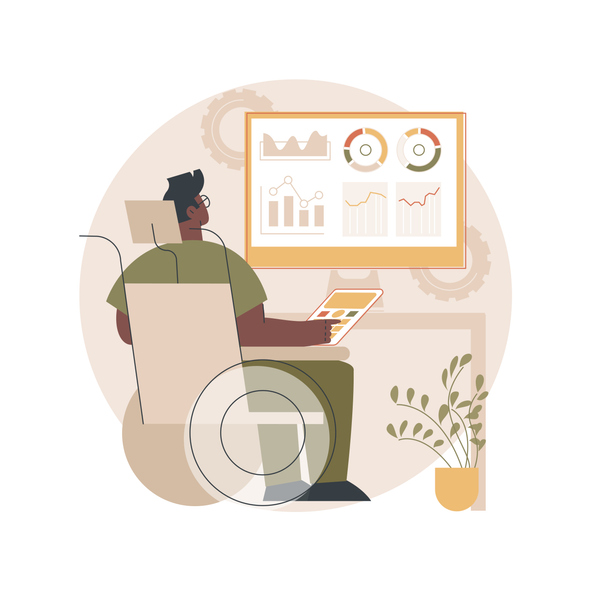SPONSORED CONTENT
By Alexander Skorka, Forsta
Thanks to the development of dashboard applications, access to high-quality data-related insights requires minimum time and knowledge. One would think that this development would encourage the use of data and analytics across the board. However, though “digital natives” are quite good at exploiting data, many companies still fail to take full advantage of this opportunity. Why? Well, the challenge isn’t to simply introduce new technologies; teams need to adopt new ways of thinking and learn new skills to continuously apply in their day-to-day work. One of these skills is visual storytelling – which will be the most widespread means of using analytics in 2025, according to Gartner.
What distinguishes visual storytelling from classic data visualization?
Visual storytelling tells a story with the help of infographics. The combination of text, images, symbols and diagrams creates communication that is both entertaining and effective. Information and entertainment merge to produce infotainment. Classic data visualization, on the other hand, uses tables and diagrams and often views information and data too abstractly and in isolation. It is thus easy to overlook interrelationship and principles of effect. Visual storytelling is the answer to the ever-increasing flood of information and need to democratize data.
What makes for good visual storytelling?
Like any good story, the visual version starts with an event that is worthy of a more detailed look. This can be, for example, a recent problem or opportunity that has emerged. A good visual story establishes connections between facts, emotions, frameworks, attitudes and courses of action. It thus establishes the causal relationships between all relevant facts. Whether implied, hypothesized or asserted, causal relationships are crucial for a story to work. In other words: In a story, everything happens for a reason.
Stories in the form of infographics can be compared to narrative sequences. They provide a visual, narrative path through the relevant facts. Infographics guide the viewer through the world of data rather than simply throwing them into it. These stories put facts and their interactions in a specific order, making it easier to gain insights and derive measures more effectively.
What effect can visual storytelling have?
1. Visual storytelling is a valuable tool in change management. Storytelling cannot do without a strong problem-solving orientation, so change is already built into the story. A good story promotes improvement and development. It lets the audience know the ways and circumstances under which a change is possible, stimulating the audience to think further.
2. Consistently applied visual storytelling enables data silos to be torn down. A wide variety of departments collect and maintain lots of interesting information. However, this information is trapped in silos and often lacks a holistic view of customers, markets and business processes. Storytelling is directly tied to addressing problems. It inadvertently must include as many perspectives – and thus data – as possible in the analysis from various departments and systems.
3. Visual storytelling is the key to democratizing business data across the enterprise. An ever-increasing number of stakeholders require actionable and decision-relevant information. However, many of these stakeholders are not familiar with data and analytics. By using infographics, complex issues can be illustrated to these users in a way that is easy to understand and reliable in terms of interpretation. This leads to data being used more widely and frequently in decision-making processes.
4. Visual storytelling fosters collaboration across the enterprise. Unlike abstract diagrams, stories allow us to talk about insights and solutions. They help us understand causes, effect relationships and principles and, more importantly, share them with others. This results in collaboration that better supports teams to create innovative solutions.
Summary
Used correctly, visual storytelling is a key skill that all employees need to learn. This is because visual storytelling supports change processes, helps break down data silos and promotes the democratization of data and collaborative decision-making processes.
